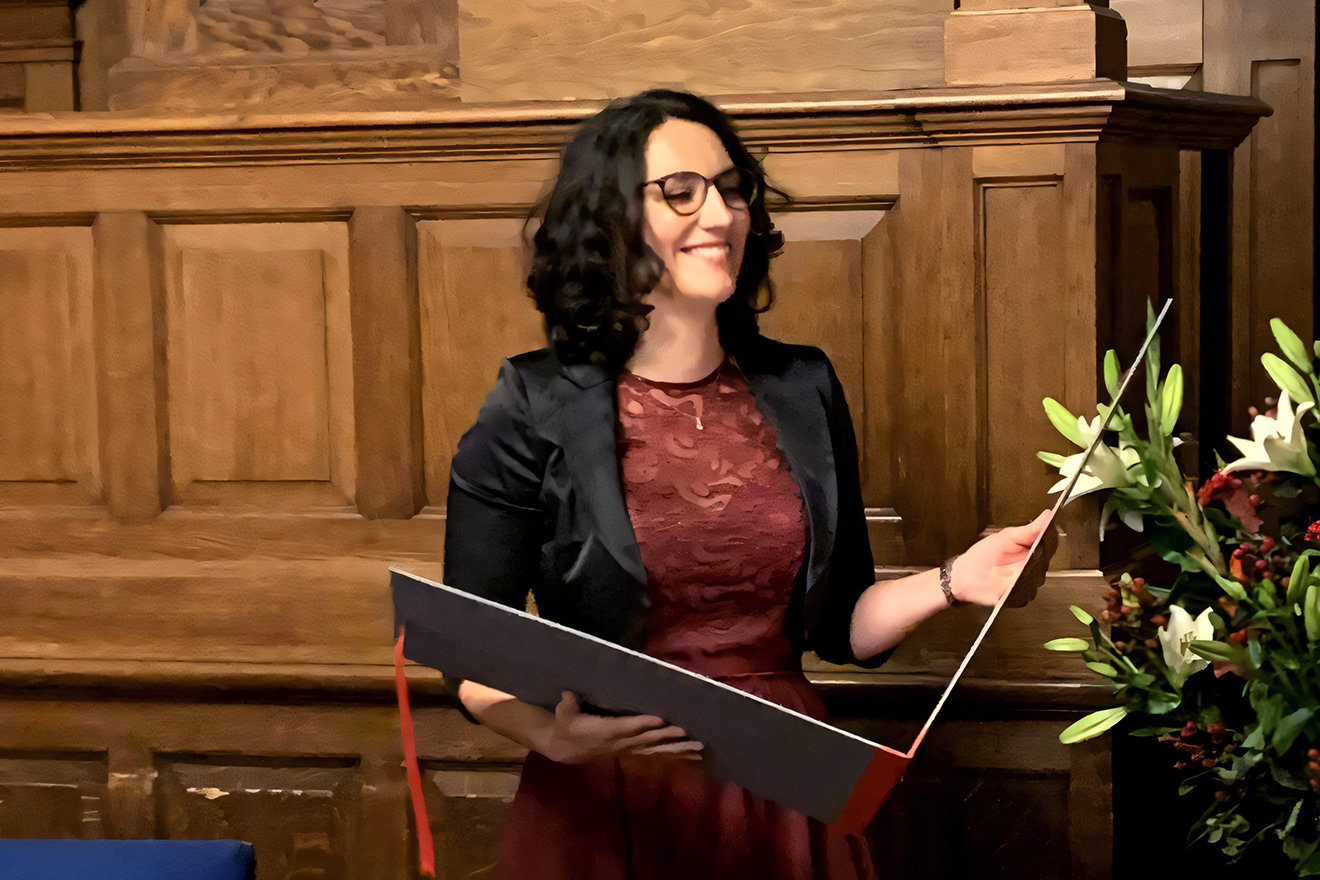5 scientific insights about serious games
The gaming industry is larger than the film industry. So, it's serious business. We are not only taking the industry but also the act of playing more seriously. And this attracts serious people, like scientists.
Currently, more than 14 PhD candidates are pursuing or have completed their doctorates on a project with IJsfontein. The scientific interest in serious games is primarily emerging from the healthcare sector at the moment. This makes sense, as there is a significant need for innovation and scalability in healthcare. Thus, numerous applications for serious games can be conceived. Moreover, being proven effective in healthcare is a prerequisite for adoption, which is why much research is being conducted. The results of these studies are also of interest to other sectors looking to implement serious games. We have interviewed five of these (candidate) PhDs. Below are the key insights:

1. Is a serious game more effective than regular training?
The crucial question, which, according to good scientific practice, cannot be answered with a simple yes or no. For the Delirium Experience, the answer is yes. This is a cinematic game designed for doctors and nursing staff to better recognize and manage delirium. In the game, you deal with a delirious patient. Your task is to take the correct actions to stabilize the patient. Kiki Buijs-Spanjers (pictured right), PhD at UMCG, compared the game with traditional training. Spanjers: "Students who played the Delirium Experience scored higher in providing care recommendations for delirious patients than students who followed regular training. They also scored higher in learning motivation and engagement."
Mary Dankbaar, PhD at Erasmus MC, researched abcdeSIM. In this game, doctors practice the ABCDE method, a standard approach used worldwide to treat acutely ill patients in emergency departments. AbcdeSIM might be the most successful serious game in the Netherlands, used by 40% of Dutch hospitals and also abroad. Dankbaar researched its effectiveness: "I found that young doctors who played the game had better skills in assessing and stabilizing patients than the control group. Additionally, they were highly motivated to play the game."
All scientists agree that the effectiveness of a game depends on its quality. Does the game’s context fit? Does its complexity match the target audience? Is it enjoyable to play? And importantly, does the interaction work well, and is the design clear and suitable for the audience? Anouk Tuijnman, PhD candidate at Radboud University and the Trimbos Institute, also experienced the importance of quality in her research on Moving Stories, a game that helps youths recognize and discuss depression. "Working with IJsfontein taught me that making a game is a complex process requiring much knowledge and experience. It's crucial to test extensively with the target group and be part of the team. IJsfontein excels in this process."
For Moving Stories, the game wasn’t compared to regular training, but its effects were studied. Tuijnman: "Games are excellent learning tools, allowing you to practice at your level and encouraging you to continue." Almost all students completed Moving Stories, even though it wasn’t mandatory, which is quite exceptional. Stigma regarding depression decreased among students after playing. Additionally, 90% of students would recommend the game to others. 2.
2. Can a game be used as therapy?
For the Healthy Play Better Coping project, Dionysis Alexandridis, PhD candidate at Utrecht University, is researching how a game can help chronically ill children cope better with social isolation caused by their illness. "Chronically ill children often lack social contacts, attend school less, can't participate in everything, and are often tired. This not only affects their contact with others but also the social and emotional skills they would develop through play with other children. They fall behind in their social-emotional development." The game being developed aims to improve children's mentalizing ability. Mentalizing means understanding that behavior (external) stems from feelings and thoughts (internal). You are aware of your own feelings and thoughts and consider those of others, even though these are often unspoken and inferred. Mentalizing is realizing that these inferences are often wrong.
The game addresses both negative and positive aspects of certain emotions and must be played by multiple children—one with the condition and three healthy children. The game is still in development, but based on literature and the success of existing interventions, Alexandridis expects a positive effect. Alexandridis: "My main insight from this project is that you must take children seriously and not treat them as patients. A game allows for this because you can use metaphors effectively, bringing children into a fantasy world and indirectly discussing sensitive issues."
Anouk Tuijnman, who researched Moving Stories, also believes games can complement therapy well. "Many therapies are somewhat outdated in their delivery, while games align well with young people's experiences. Additionally, there's less stigma; playing a game feels different than attending therapy. In the long run, this could also be cost-effective, as part of the therapy could be delivered through a scalable game rather than one-on-one therapy."
3. Doing everything wrong in a game is as effective as doing everything right
Deliberately doing what is not intended, known as dark play in the gaming world, turns out to be just as effective as normal play. Kiki Buijs-Spanjers researched this phenomenon in the Delirium Experience. Spanjers: "There was a fear that students who deliberately did everything wrong, making the patient even more delirious, would learn the wrong things. This was not the case. They learned just as much as players who did not."
Jan Willem Huisman, creative director of IJsfontein, is not surprised. "It’s known that many players do this. In a game, you can safely experiment and consciously do everything that is not allowed. This deepens learning and increases learning outcomes. It’s fantastic that this has now been scientifically proven."
4. Playing is fun for children, but what about the elderly?
Sabine Schootemeijer, PhD at RadboudUMC, is not a gamer but researched how a game can help Parkinson’s patients exercise more. "A game is not the first thing you think of when developing something for this group. I was surprised at how subtle game elements can be. The app for Parkinson’s patients is a low-threshold digital tool that works like a pedometer. This project follows the Park-in-Shape study, where RadboudUMC also collaborated with IJsfontein." The research is not yet complete, but initial tests with patients are positive. It seems that patients enjoy using it and are motivated to start and keep exercising. Whether this remains the case long-term remains to be seen.
5. Collaboration with practice makes science more applicable
Collaborating with a creative agency full of "makers" forces scientists to translate their principles into practice. Sabine Schootemeijer: "It goes surprisingly well; it’s very different from working with other researchers. You approach a problem from a completely different perspective, which yields much." Dionisis Alexandridis also found it enriching to step out of the scientific world. "Working with practitioners who have seen what works and what doesn’t is valuable. Moreover, they are smart people who also think about your research." This practical approach leads to better implementation. Mary Dankbaar, a researcher and chair of the serious games committee of the Dutch Society for Simulation in Healthcare, sees many serious games. "Many end up in the graveyard of splendid ideas. Early consideration of implementation and involving the target group and stakeholders in development is crucial."
Conversely, IJsfontein also learns much from science. Collaborating with scientists over the years has led IJsfontein to adapt its working methods. They employ researchers and work evidence-based, meaning they base concepts on scientifically proven principles and test whether concepts work early in the process. This is done for every project, scientific or not. Jan Willem Huisman: "It’s a strategic choice of IJsfontein to focus on evidence-based design, which has led to many validated projects and, more importantly, our games making a significant social impact. I love playing, but it has to work."
